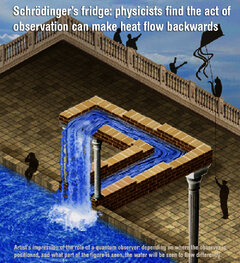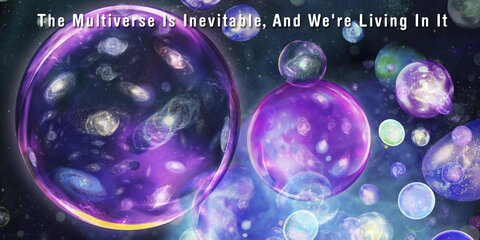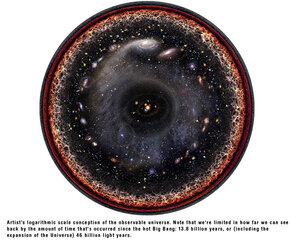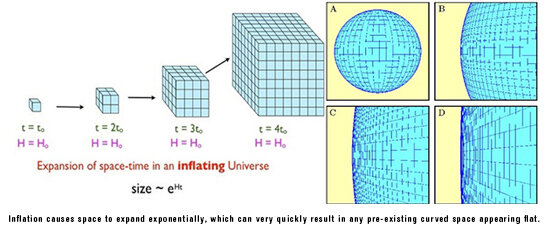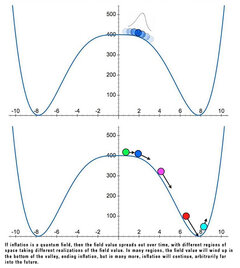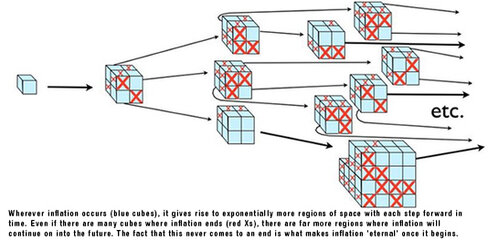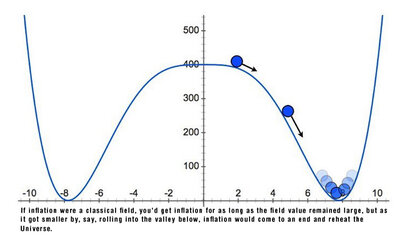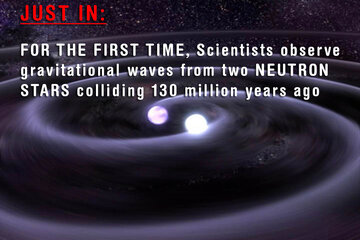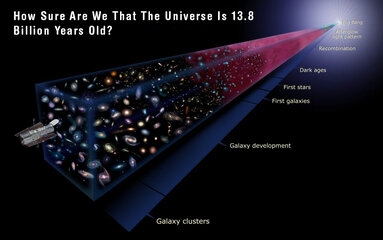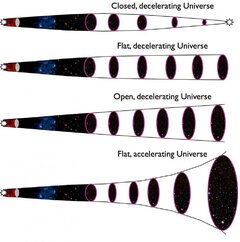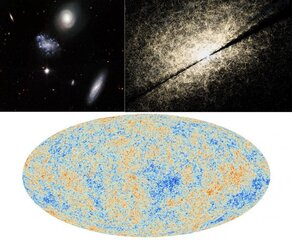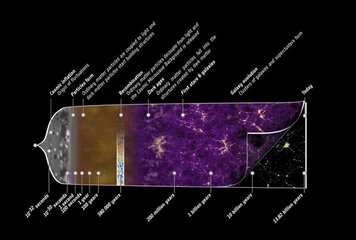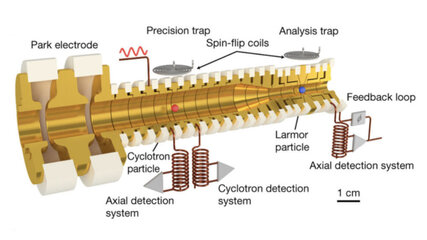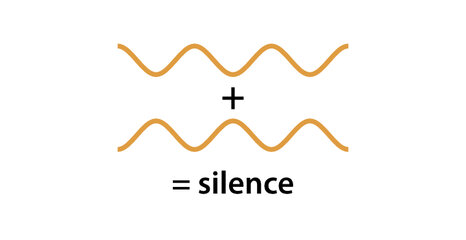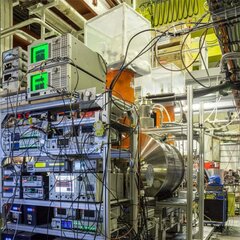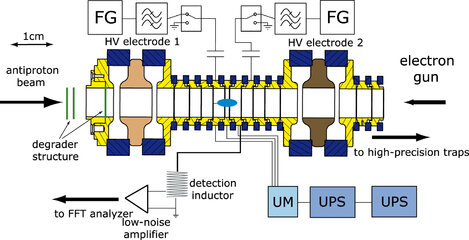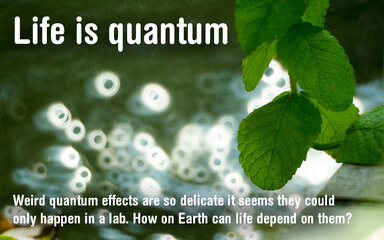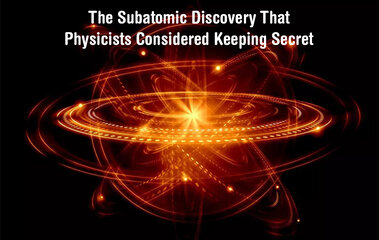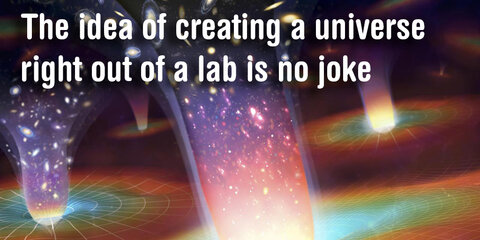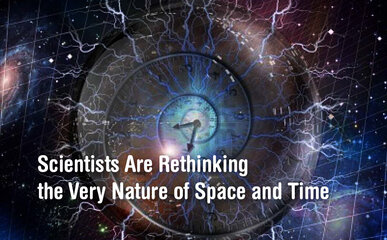- Messages
- 2,145
- Reaction score
- 5
- Points
- 28
- Thread Starter
- #181
Schrödinger’s Fridge

Heat flows from hot things to cold things. That’s common sense. It’s also one way to state the second law of thermodynamics, which is notoriously one of the universe’s strictest rules.
In the nanoscale world ruled by quantum mechanics, however, causing heat to flow backwards may be as easy as making an observation.
According to a theoretical paper published in Nature Quantum Materials, by Angel Rubio of the Universida del Pais Vasco in San Sebastian, Spain, and colleagues, this is yet another way in which common sense goes out the window in the quantum realm.
“Initially we thought it was an error,” says Rubio. “We didn’t expect there was going to be a complete change of flow.”
The researchers designed a tiny device comprising two small groups of atoms, both kept at a constant temperature and connected to each other by two wires. In normal circumstances, heat will flow from the hotter side to the cooler one, and – unless an electric field is applied – no electrons will move around in the wires.
However, if a single point on one of the wires is observed, Rubio’s team calculated that everything will change. Depending on which point is observed, the flow of heat can be strengthened, weakened, or even reversed. At some points, observation will also cause a current of electrons to begin circulating in the wires.
(‘Observation’ in the quantum mechanics sense is not quite the same as having a peek: it means an interaction between the test system and some external device that can measure the state of the system at a certain point.)
This certainly seems odd, but Rubio is at pains to convey that nothing untoward is happening: there is no “infringement of any fundamental theorem of physics nor is energy created out of nothing”.
The secret, according to the paper, is that the observation allows a “purely quantum coherent heat flow” to occur. This means that, while heat flows uphill inside the test device, it is balanced out by heat flows in the larger system of the device-plus-observer.
The researchers relate the process to what are known in thermodynamics as “dissipative structures” -- temporary forms of organisation that help imbalances of heat or energy even out more quickly. (Examples of dissipative structures or systems include cyclones, lasers and all living things.)
It’s a fascinating result with implications for the study and control of nanoscale devices, but any applications are still a long way off.
“We have proposed a simple model and the theory can be easily verified,” says Rubio. “Carrying out this process experimentally would be another matter.”
SOURCE
Heat flows from hot things to cold things. That’s common sense. It’s also one way to state the second law of thermodynamics, which is notoriously one of the universe’s strictest rules.
In the nanoscale world ruled by quantum mechanics, however, causing heat to flow backwards may be as easy as making an observation.
According to a theoretical paper published in Nature Quantum Materials, by Angel Rubio of the Universida del Pais Vasco in San Sebastian, Spain, and colleagues, this is yet another way in which common sense goes out the window in the quantum realm.
“Initially we thought it was an error,” says Rubio. “We didn’t expect there was going to be a complete change of flow.”
The researchers designed a tiny device comprising two small groups of atoms, both kept at a constant temperature and connected to each other by two wires. In normal circumstances, heat will flow from the hotter side to the cooler one, and – unless an electric field is applied – no electrons will move around in the wires.
However, if a single point on one of the wires is observed, Rubio’s team calculated that everything will change. Depending on which point is observed, the flow of heat can be strengthened, weakened, or even reversed. At some points, observation will also cause a current of electrons to begin circulating in the wires.
(‘Observation’ in the quantum mechanics sense is not quite the same as having a peek: it means an interaction between the test system and some external device that can measure the state of the system at a certain point.)
This certainly seems odd, but Rubio is at pains to convey that nothing untoward is happening: there is no “infringement of any fundamental theorem of physics nor is energy created out of nothing”.
The secret, according to the paper, is that the observation allows a “purely quantum coherent heat flow” to occur. This means that, while heat flows uphill inside the test device, it is balanced out by heat flows in the larger system of the device-plus-observer.
The researchers relate the process to what are known in thermodynamics as “dissipative structures” -- temporary forms of organisation that help imbalances of heat or energy even out more quickly. (Examples of dissipative structures or systems include cyclones, lasers and all living things.)
It’s a fascinating result with implications for the study and control of nanoscale devices, but any applications are still a long way off.
“We have proposed a simple model and the theory can be easily verified,” says Rubio. “Carrying out this process experimentally would be another matter.”
SOURCE

